It doesn’t seem that long ago that we introduced you to Kia’s new Cerato, a striking number when dressed in its five-door form. But Kia has decided to freshen things up already. This probably has something to do with the fact that it’s a key player in most major markets. Here, the compact car is on the outer but the Cerato is holding its own in a declining market and as others depart it can mop up what demand is left.
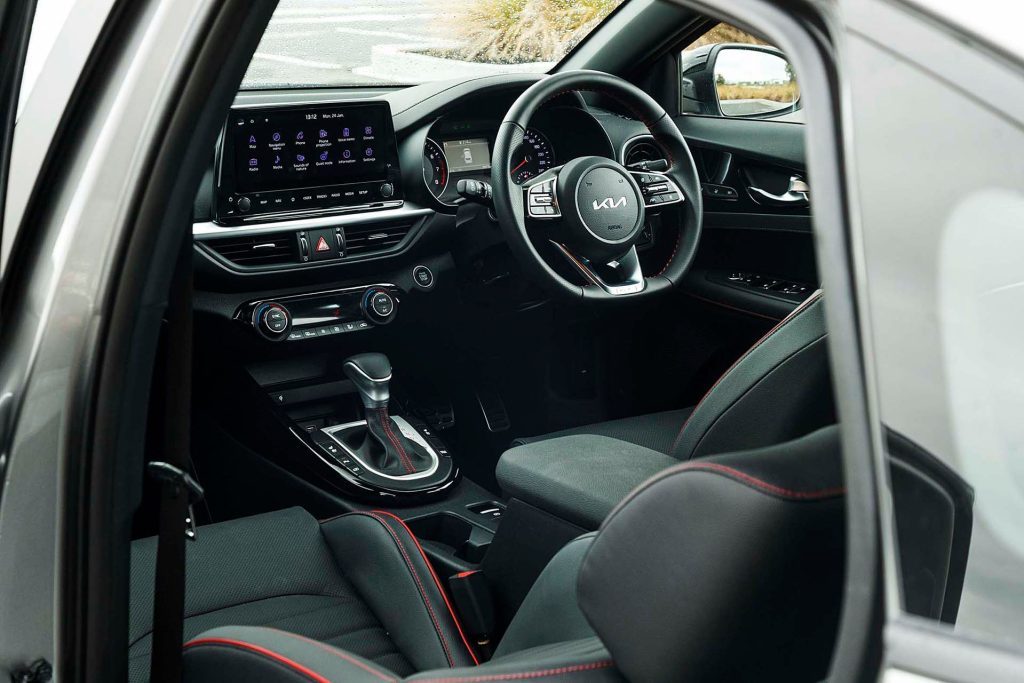
The update gives Cerato, now available as a five-door only, a new nose cone with a reprofiled grille that merges with the redesigned lights, while the lower opening is also wider. The LED DRLs have been repositioned and the outboard aero intakes altered. It gives the new GT a more dynamic stance, visually lowering the front end. The new Kia badge looks more at home on the nose too.
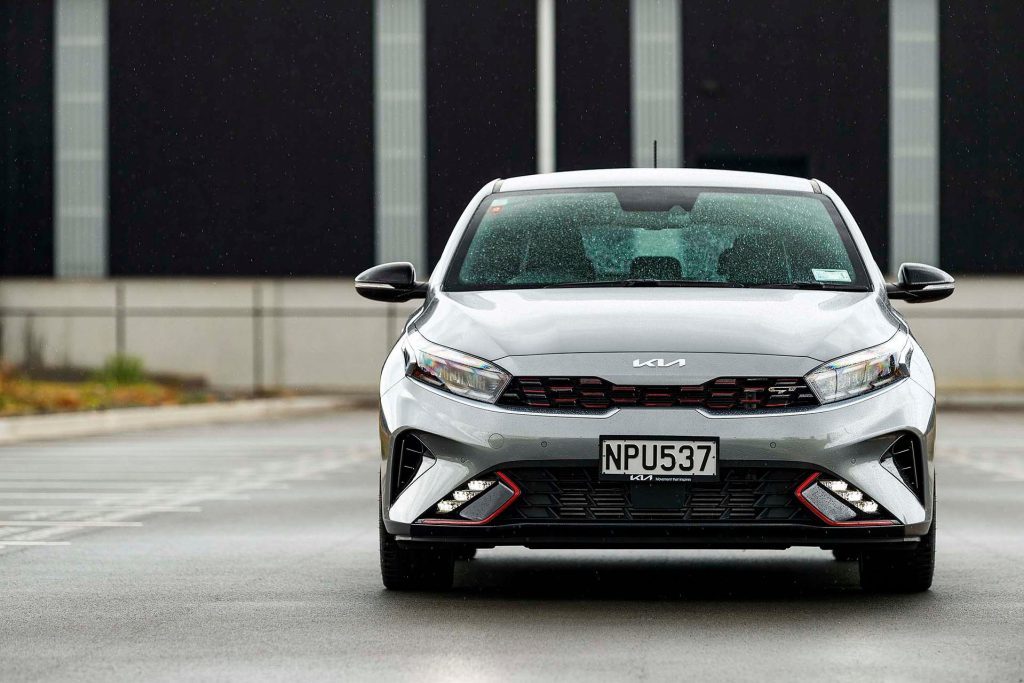
Ceratos of old (there have been three prior generations) were solid and cheap but cheerless, offering nothing that would cause you to take a second look. However, this one does and the price is right.
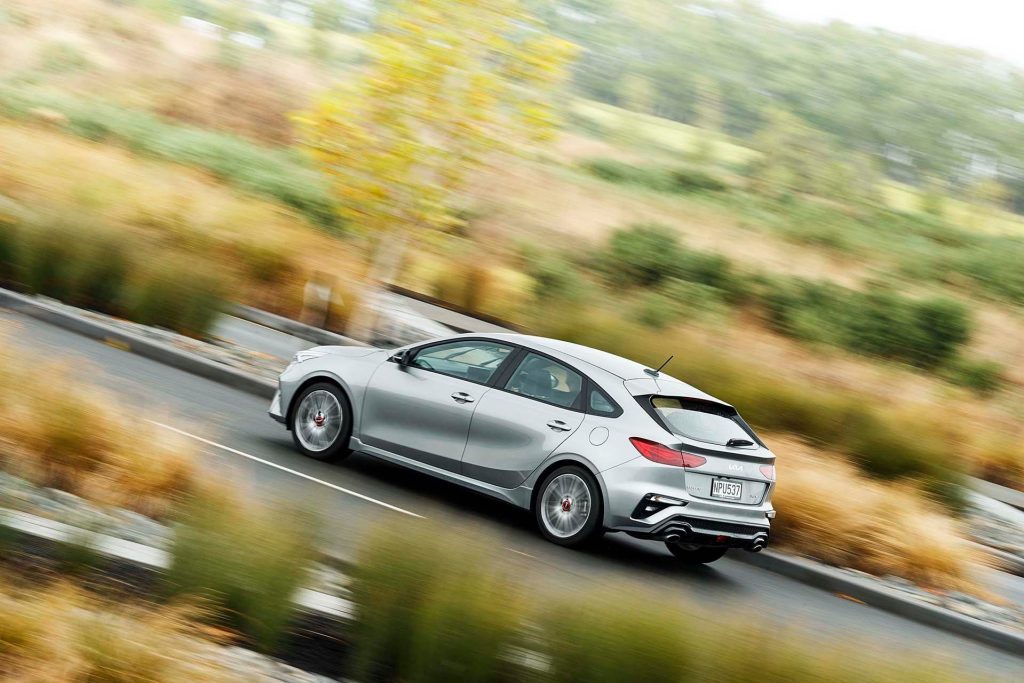
The range starts at $32k, with four variants offered, culminating in this, the $42,990 GT, which offers a mechanical upgrade over the others. Where the LX, LX Plus and Deluxe roll with a regular, 112kW/192Nm two litre, the GT gains a 1.6 turbo with 150kW and 265Nm, the forced induction squeezing those Newtons out at a more accessible 1500rpm and it keeps them streaming until 4500rpm. It also swaps the six-speed auto for a seven-gear twin-clutch, adds beefier brakes and ditches the torsion beam rear end for a more capable multilink set-up. The GT also adds a unique tune for the suspension and steering.
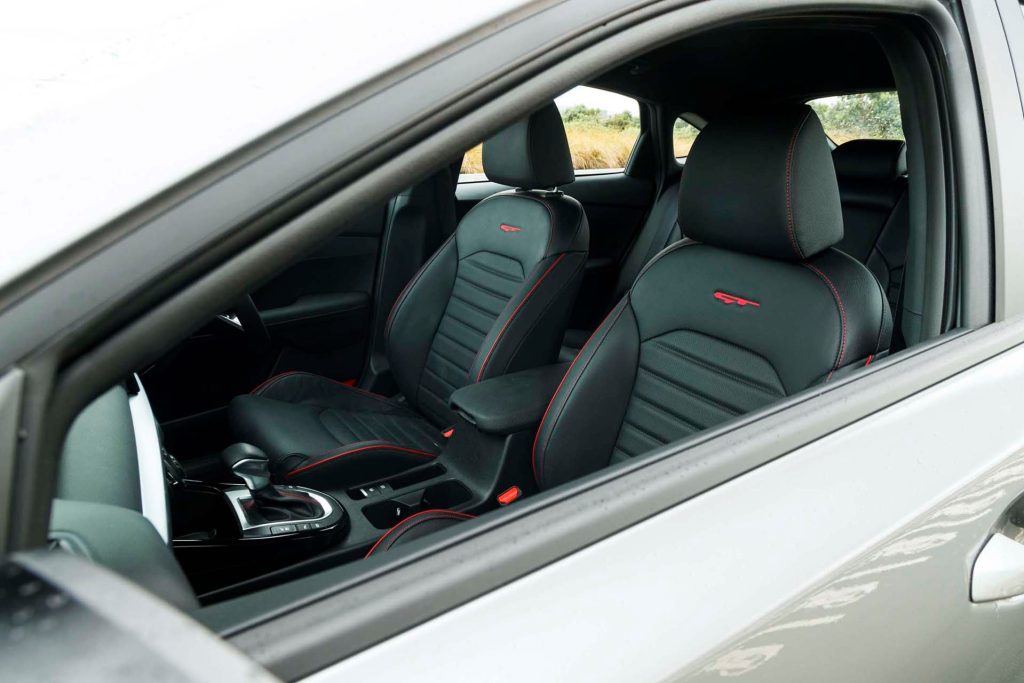
The range of Ceratos is well specified, (okay, the LX is a fleet-special stripper) but all have the must-have safety kit with autonomous emergency braking, active lane keeping, blind spot monitoring, and even smart cruise. The GT adds more, with the likes of leather (accented) sports seats, a D-shaped wheel (with paddles for the fast and furious), a charge pad, and heated and ventilated front seats. The 10-inch screen looks smart and while some functions, like the sat nav menus, are off limits when you’re moving (some would argue rightly so) it’s fairly easy and quick in its operation.
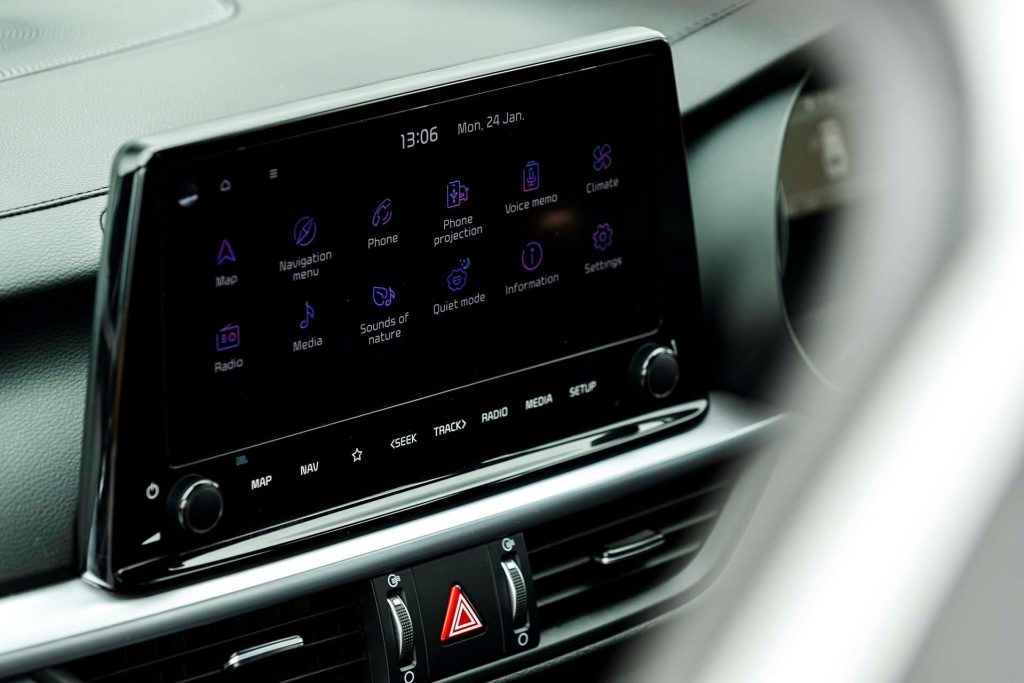
The only mechanical fiddling with this update concerns the suspension, with a minor softening of the rear to help improve the ride. But they should have done more. We mentioned last time we helmed the GT that the ride was sharp, and nothing much has changed. The firmness doesn’t quite gel with the GT badge it wears while there’s unwanted road noise too, even at urban speeds.
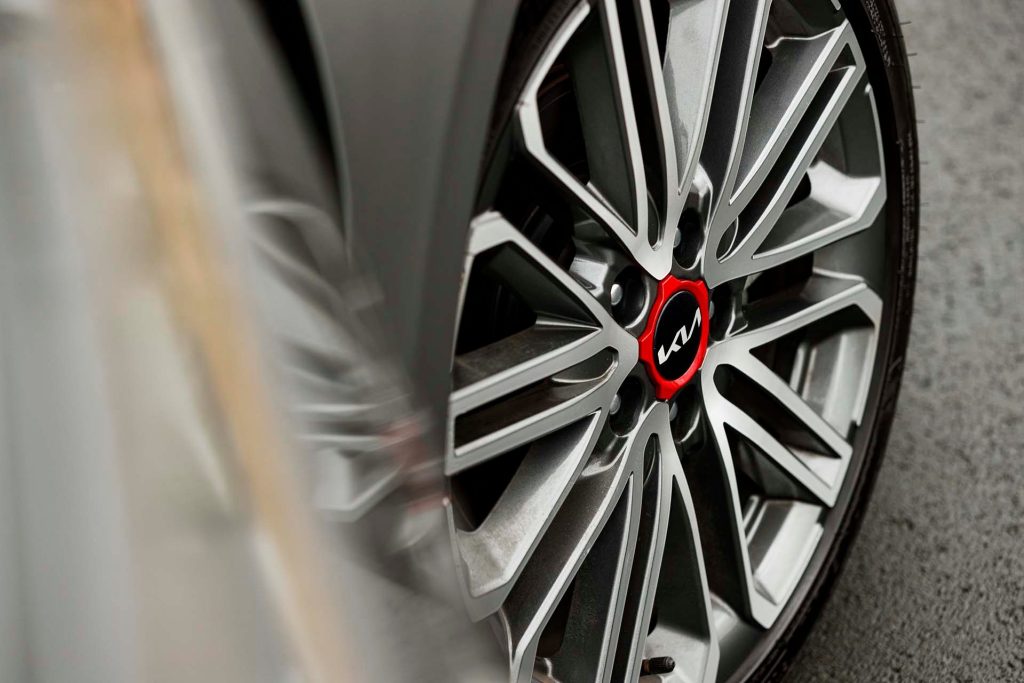
The powertrain is good however. The initial response is quick with little in the way of turbo/twin-clutch hesitation off the line and it feels on song from just 1500rpm. But there’s also a satisfying ‘turbo surge’ around the 2500rpm mark. The dual-clutch is a sorted operator, both slick and smooth on the go and refined at parking speeds. It’s also willing to slip a cog to kick things along, helped by a quick-witted ‘Smart’ drive mode. This self selects the Sport mode when you want to nudge things along, then just as quickly reverts back to the Normal mode (or even Eco) when you don’t. There’s quite a growl from the engine too, though most of the noise is simulated.
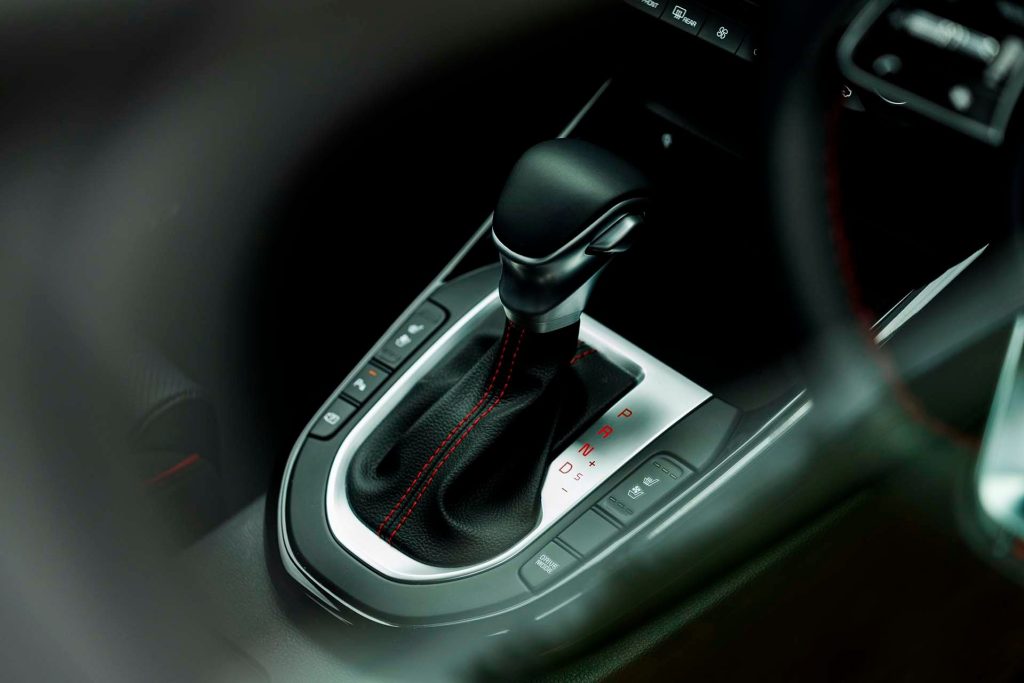
The accumulated consumption for this tester was sitting at 8.5L/100km over 2500km, according to the trip computer (we managed 8.1). Officially this is rated at 6.8L/100km, to the 2.0-litre’s claim of 7.4, but the GT requires 95 octane. Neither model is slated to incur a fee under the coming Clean Car scheme, as they fall into the neutral band.
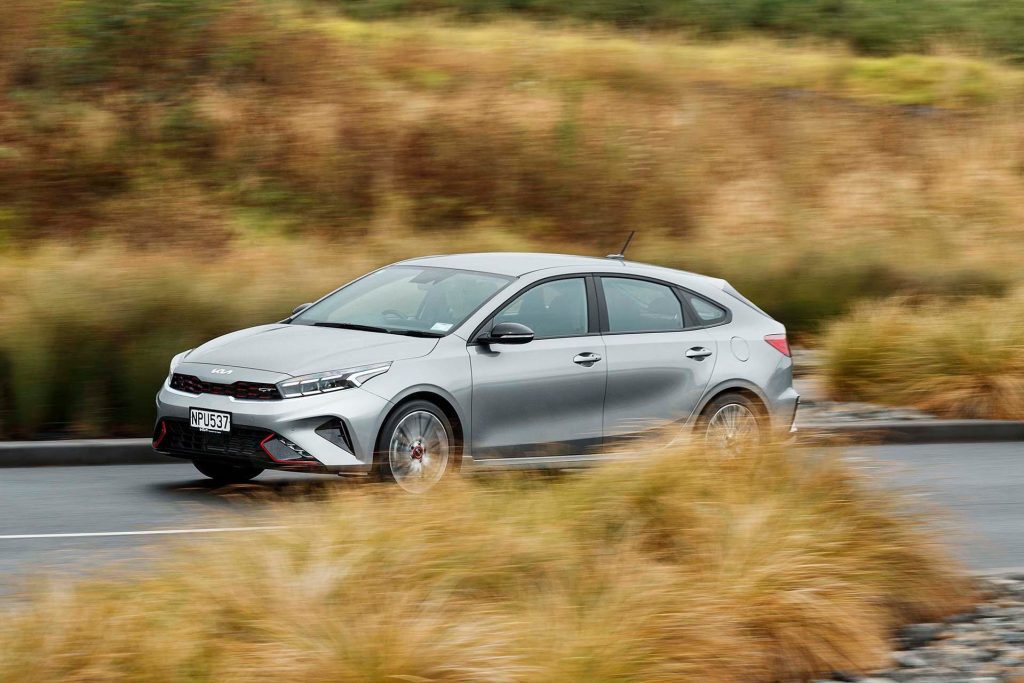
Is this a hot hatch on the cheap? Nah, not quite. It goes alright though. The engine has a certain zing throughout its rev range, and the twin-clutch does the business at pace too, the Sport mode holding gears when necessary, though the kickdown can be a tad laboured in an effort to make it smooth.
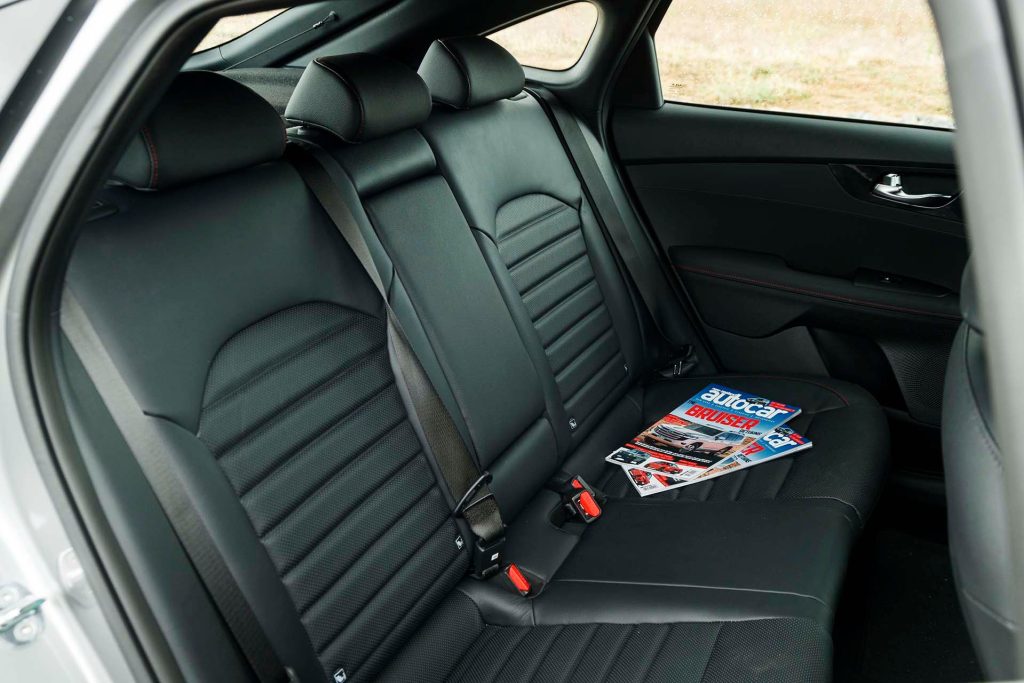
There’s nothing untoward happening at the helm, and the GT turns with intent. It sticks firm in the bends though there can be some electronic nobbling if you’re too keen. Temper your enthusiasm a notch, drive in GT mode rather than RS, and it flows more sweetly. The suspension also works better at 100km/h, though it remains a tad firm and the tyre noise is a constant.
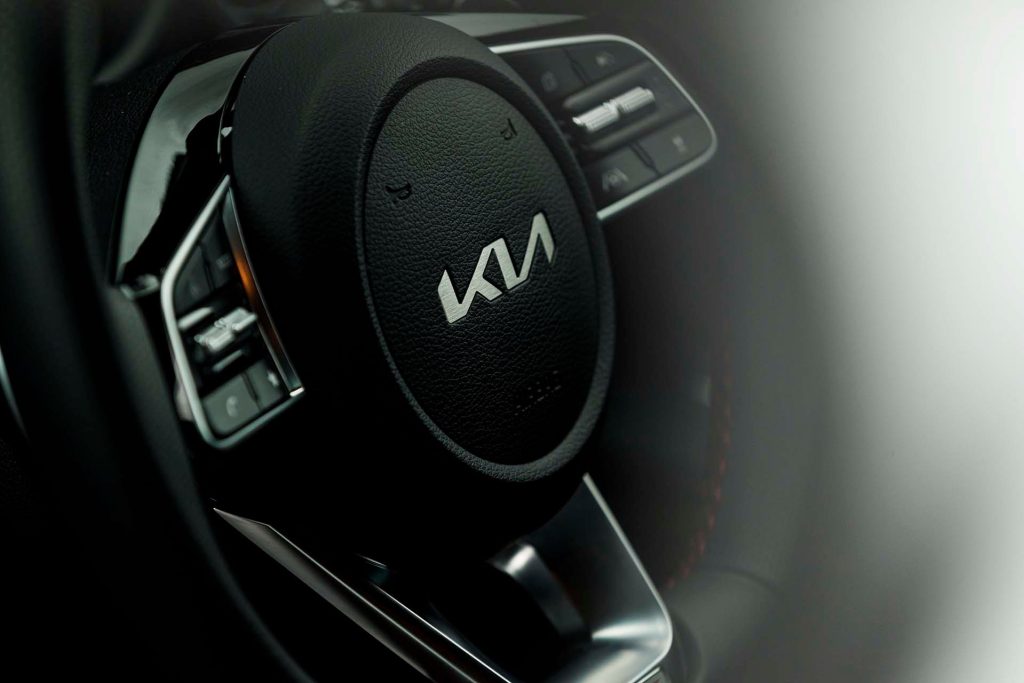
In town, the steering is quicker than usual, and nicely assisted so everyday manoeuvres are hassle free. The brakes can initially feel sensitive but you learn to live with them. Best however to take a test drive; your derriere will be the ultimate judge of that ride quality. The safety minders, like the active cruise, are easy to set or turn off (we’re looking at you Mr Vigilant lane keeper).
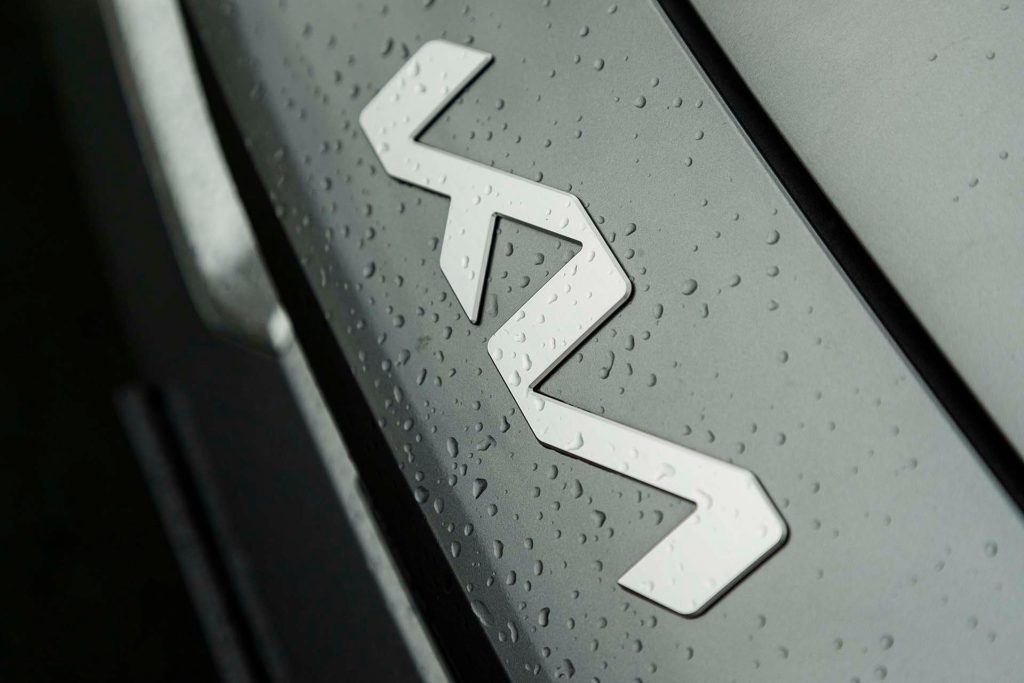
It’s the sport model, so an all-black interior is the play, with some alloy splashes and red trimmings. It’s well made this, and even though most of it is black plastic, some reckoned it looked a bit Audi-esque inside. The seats could possibly do with an injection of comfort foam, as they are fairly hard but do have a sound range of adjustments.
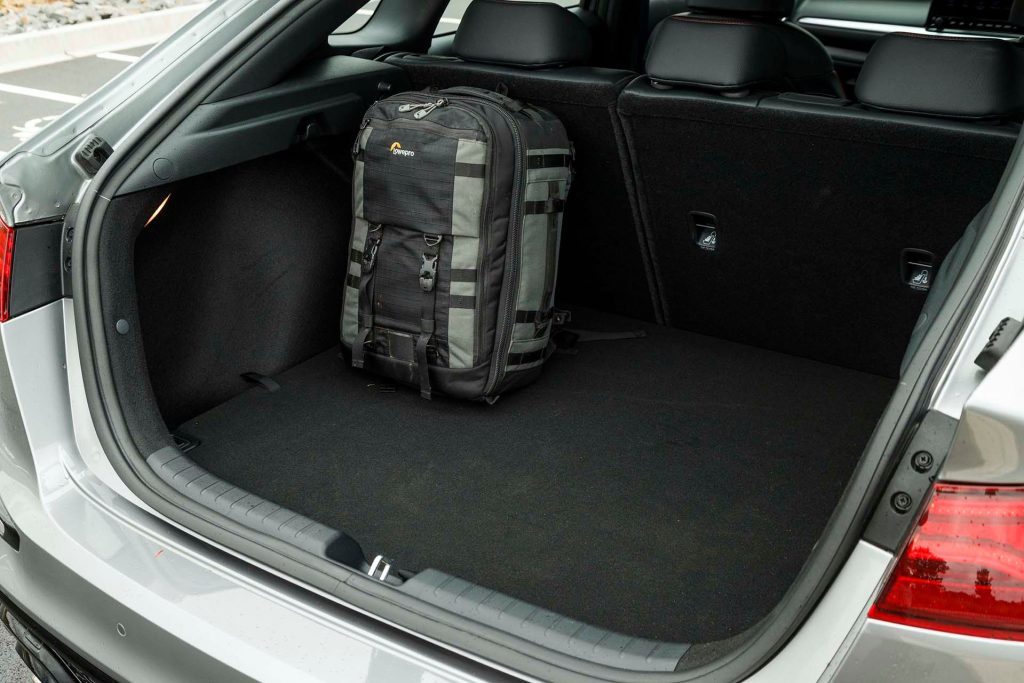
Cerato’s exterior styling mimics that of the Merc CLA wagon, kind of, though the proportions aren’t quite as well measured; a slightly longer tail would add visual grace. But there’s no doubting its practicality. Despite that sloping roofline, the entry into the rear isn’t compromised and, once inside, the head space isn’t lacking either while legroom also gets a pass mark. Opening up the tailgate (easy to do without any annoying electric lifting device) reveals a decent boot which is practically formed, both deep and wide for a compact car, Kia quoting 428L. Those who need more room can easily fold the seat and the Cerato delivers a flat load space that accepts up to 1335L of goods.
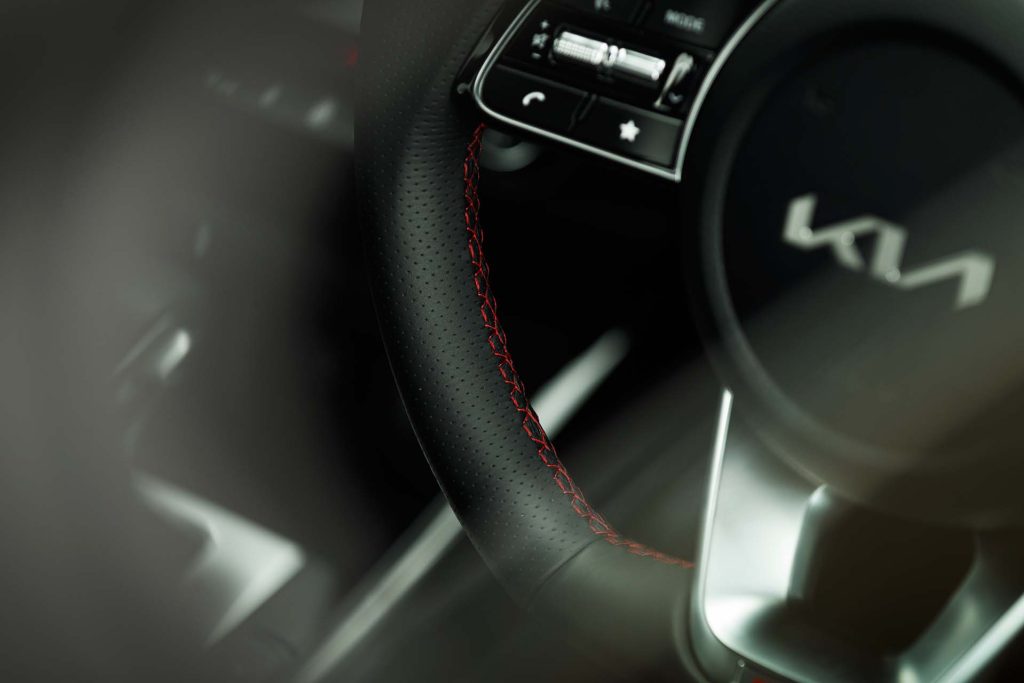
We’d opt for this GT over its mechanical twin, the Hyundai i30 N Line, saving $2k and bagging more interior space along the way. This looks sharper too. There’s also the Honda Civic Sport to check out if you’re shopping in this slot. It’s more expensive but roomier still with a comparably easy powertrain and a ride that is more agreeable.
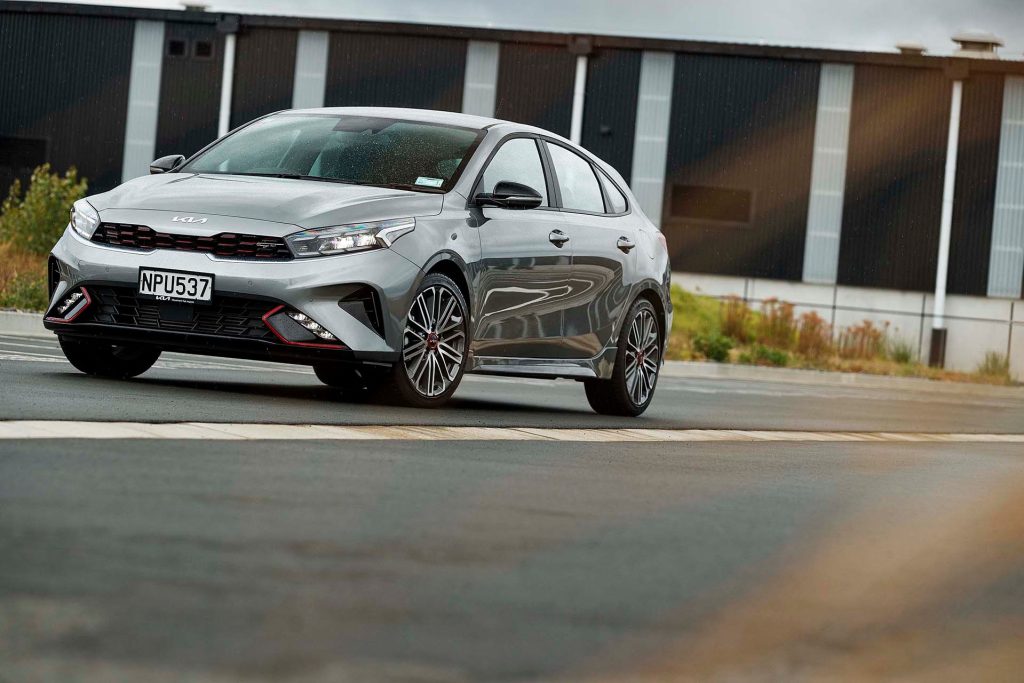
| Model | Kia Cerato GT |
| Price | $42,990 |
| Engine | 1591cc, IL4, T, DI |
| Power | 150kW/265Nm |
| Drivetrain | 7-speed twin clutch, FWD |
| Fuel Use | 6.8L/100km |
| C02 Output | 176g/km |
| 0-100km/h | 6.70sec |
| Weight | 1425kg (claimed) |


